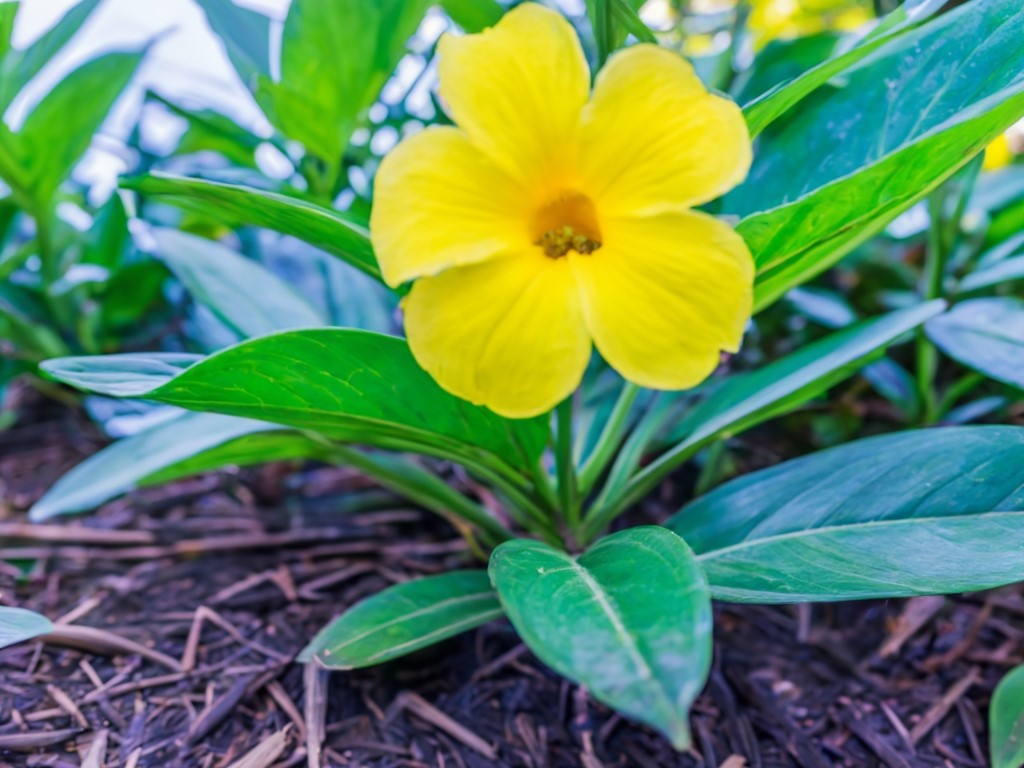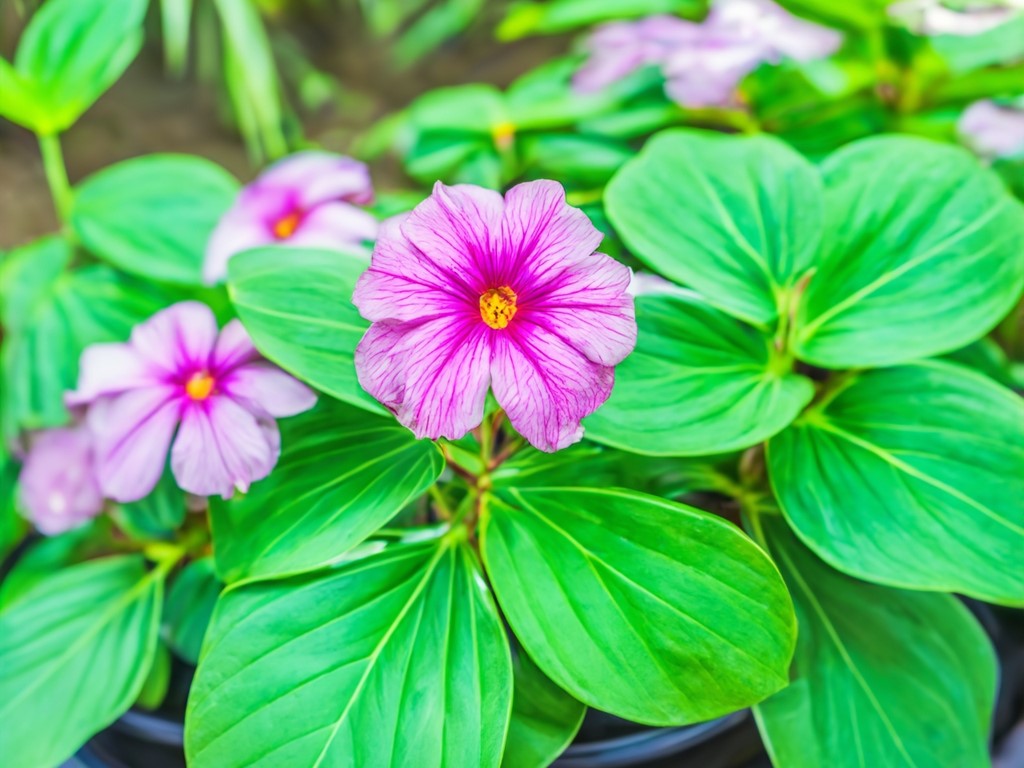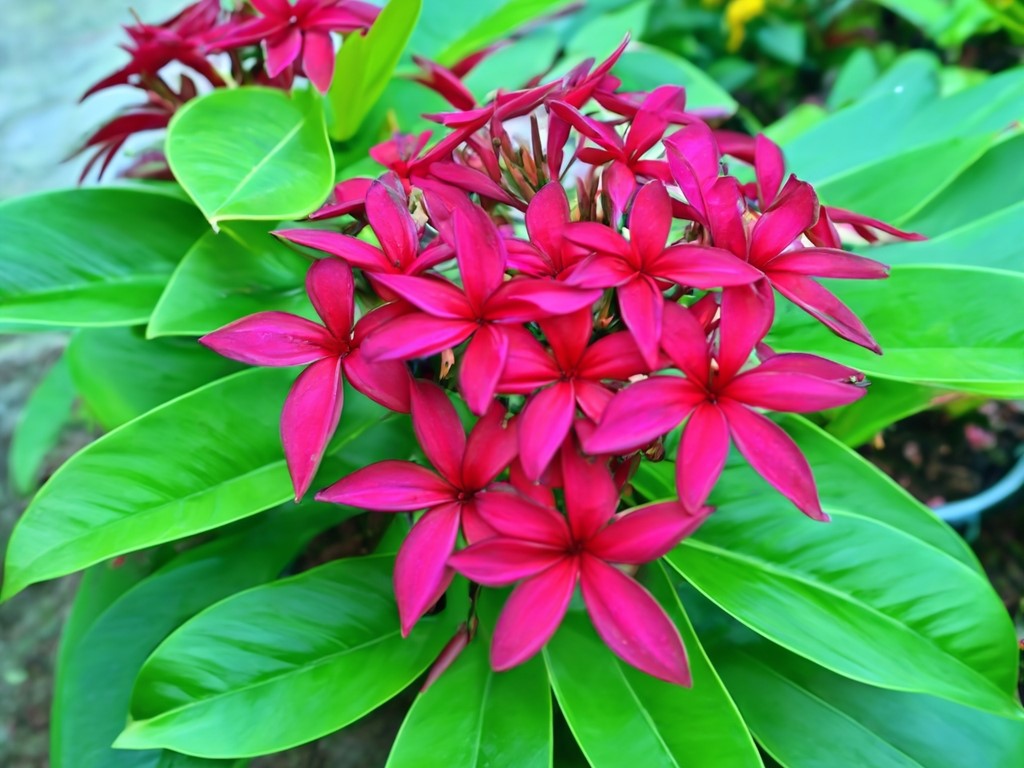
Indoor plants bring life and vibrancy to any space, but with them, often come unwelcome visitors. Common indoor plant pests can be a real pain, and knowing what to watch out for is the first step in keeping your plants healthy. It’s not just about the pests themselves; it’s about catching them early and understanding their impact.
Aphids are some of the most frequent culprits, sucking the life out of your plants by feeding on their sap. They’re tiny, but their presence is felt in the wilting and distortion of leaves. Spider mites, on the other hand, aren’t just a nuisance—they create a fine webbing that can quickly make a plant unsightly and sickly. If you notice yellowing leaves and tiny dots on their surfaces, these mites could be the reason. Mealy bugs are sap sucking insects that cause leaves to yellow and eventually fall off.
Each of these pests can drastically impact the health of your plants if you’re not vigilant. They cause leaves to curl, drop prematurely, or become discolored, affecting your plant’s ability to photosynthesize effectively. This lack of photosynthesis means less energy for the plant, which in turn can cause stunted growth, poor blooming, and even plant death in severe cases.
Understanding these pest’s characteristics and behaviors allows you to better protect your plants. From fungus gnats to mealybugs, these unwelcome visitors can devastate healthy houseplants—but there are effective organic pest control solutions to successfully treat them. With a watchful eye and a bit of know-how, keeping your indoor plants lush and thriving is not only possible but can be quite straightforward.
Identifying and Diagnosing Plant Pest Problems

Spotting a problem early can mean the difference between a thriving indoor garden and one that’s struggling to survive. Be sure to also check out our guide on indoor plant diseases to rule out non‑insect threats. But how do you catch these pesky intruders before they take over? Learning to diagnose plant pest problems starts with observation.
Key indicators of pest issues include unusual leaf discoloration, wilting leaves, and the presence of sticky residue. It’s worth inspecting the undersides of leaves since that’s where many pests tend to hide. Look for black spots, webbing, or even the insects themselves, which might be lurking just out of plain sight.
Environmental factors play a big role in pest invasions. An overly humid room, for instance, can be a breeding ground for pests like spider mites. Poor air circulation and inconsistent watering schedules might attract pests that thrive in weakened or stressed plants.
Understanding each pest’s unique signature can help in identifying them. For example, if you notice fine webbing on your plants, it’s likely spider mites. Sticky leaves might hint at an aphid issue, while white cottony looking insects are usually an indication of mealy bugs. Each symptom provides a clue, allowing you to accurately diagnose the problem and choose a course of action.
Early detection is vital. The quicker you identify the issue, the easier it will be to address it without causing too much stress on your plants. Keeping a regular inspection routine, and maybe even using a magnifying glass to get a closer look, can be invaluable in keeping your indoor garden healthy and thriving.
Preventive Measures and Solutions for Pest Control

Keeping indoor plants healthy isn’t just about reacting once pests show up—preventive care is equally important. Regular maintenance routines can help fend off potential infestations, ensuring your plants remain robust and more resistant to pest attacks.
Start by maintaining a consistent watering schedule. Overwatering can create a perfect environment for pests like fungus gnats, whose larvae thrive in moist soil. Conversely, underwatering might stress your plants, making them weaker and more susceptible to pests. For great tips on keeping your indoor plants healthy, go to indoor tropical plant care.
Aside from watering, give your plants a little spa treatment every now and then. Wiping down leaves removes dust and can deter small pests. It also gives you a chance to keep an eye on any potential problems before they get out of hand.
When it comes to pest control, there’s often a choice between natural or chemical solutions. Neem oil and insecticidal soaps are popular for those leaning towards natural remedies. They’re gentle but effective in dealing with many common pests. Chemical options, such as systemic insecticides, might be more suitable for severe infestations but be sure to follow instructions carefully to avoid harming your plants.
After dealing with pests, focus on helping your plants recover. Feeding them with appropriate fertilizers can boost their nutrients and strengthen their immune systems. Pruning damaged areas also supports new growth and helps prevent further spread of remaining pests.
By staying proactive and attentive to your indoor plant’s needs, you can often prevent pest issues or spot them early before they escalate into full-blown infestations. With the right care and attention, your plant family can continue to thrive and brighten your space.

I had no idea of the actual causes of a plant that wilts, or when it’s leaves start to fall. My assumption was a lack of water or too much sunlight, but it appears there’s a lot more to it than that! Are there particular house plants that easily attract these small plant pests? Is there that when you bring one of these plants ‘ready made’ home from the garden centre, that they may already be carrying some of these pests?
Liam, thank you for your comments. We put so much time and care into our plants and it’s disappointing when they struggle. The important thing is to inspect them regularly so you can spot early signs of pests or other issues. Pests will usually feed on a weakened plant before a healthy one. And your question about bringing pests home from the garden center is a good one because I have done that myself. May your gardening future be pest free!